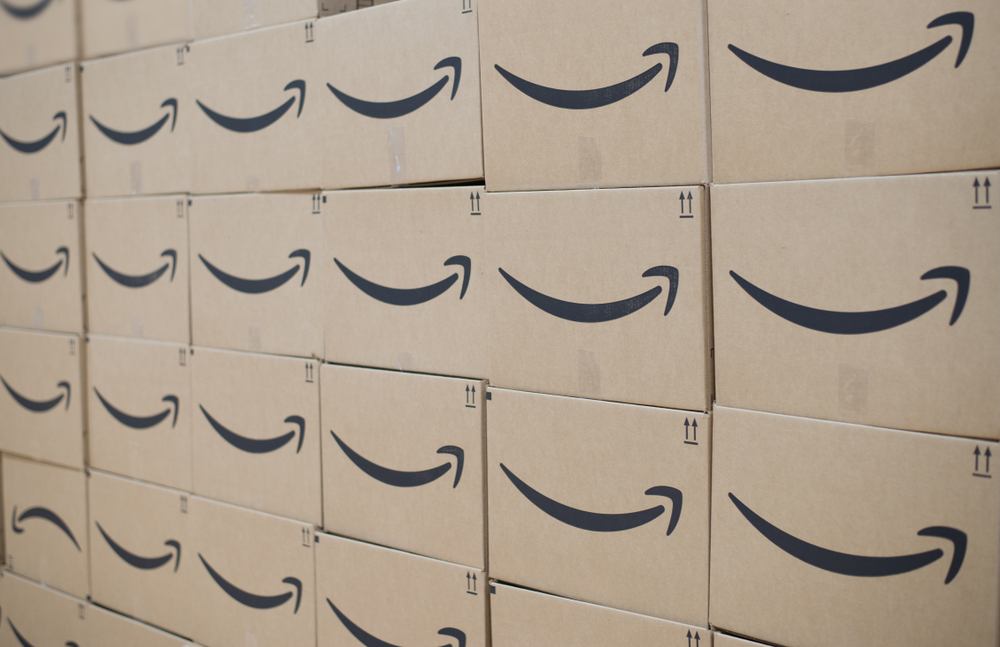
If you have to open your own store or create your own website and delivery service, you’ll have big costs – rental, insurance, and labor. If you’re importing as well, it can take up a lot of time and a lot of effort and cost. That’s why many businesses prefer to use FBA.
But don’t forget that FBA is there because it wants to make money for Amazon. FBA costs can stack up pretty fast if you’re not careful. Fortunately, if you keep and eye on those costs, you can reduce your costs and improve your margins.
Remember that FBA works well for you if you get the work done before your product hits Amazon. Every bit of extra work that Amazon has to do will cost you money. Simple way to economize: don’t get the work done by Amazon!
For instance, you can save 30 cents a unit just by making sure your FNSKU code is printed on the packaging. That’s a really easy thing to get your supplier to do – make sure it’s in the contract.
Make sure you provide detailed box content information – that is, the unit quantity of a given SKU per box, the box weight and dimensions, and the expiration date (if applicable). Missing this off will cost you more as Amazon will have to do the work.
If you do this yourself, it’s cheaper. And in fact, even if you don’t do it yourself, specialized FBA prep companies exist which can do the work and still come in cheaper than if Amazon.
Know your grid! Amazon uses a grid of weight and dimensions to decide its FBA fulfillment fees. Before you finalize your product specifications, take a look at the definitions. For instance, a ‘small standard size’ can’t weigh more than 12 oz and its longest side can’t be longer than 15 inches.
Overshoot by just half an inch and your fulfillment cost shoots up from $2.50 to $3.31.
If you know the grid them aim to make your products fit just below the borderline. If you have products that are just a small way into a higher category, then it’s well worth your while working out how to reduce their weight or size to get them down to that lower level. One smart manufacturer worked out that just packing their product diagonally rather than straight down the middle of the box would get them back below the ‘small standard size’ limit.
OK, this only saves 70 cents a unit. But if you’re selling a dozen a week, that’s nearly $440 a year – just on one product.
And make sure you check your size from time to time. Amazon uses an automatic Cubiscan system to scan your product in. but a loose bag, a piece of tape sticking out, or a handling error, could see your product checked in as bigger than it actually is. You won’t hear anything from Amazon but your fees will go up from that shipment onwards!
So run a Fee Preview Report and check all the data against your own from time to time. And if you find a discrepancy, file a case with Seller Support to get it right again.
By the way, selling products in bundles can help minimize your fulfillment fees , as a bundle only has one fulfillment fee charged on it! Though you do need to package in bundles. For consumables, it’s a good option.
Controlling Amazon’s storage charges is important, and tight inventory control can be well worth your while, particularly coming up to the final quarter. (Amazon charges three times more for storage in the last three months of the year.) Keeping too much inventory will mean you’re paying too much storage.
So on slower selling products, you might decide to delay shipment and keep your total stock down to 30 days.
Amazon also charges for unfulfillable inventory – stock that’s been returned and isn’t resellable. That’ just a waste of your money, so get it out of the warehouse fast. Either use Amazon’s liquidations program, or “grade and resell as used”, or get the product returned to you, or destroyed – but get it out of the warehouse. There’ll be a fee for that, too – but at least it’s a one-off, so you won’t be paying it next month.
